Magnum is shooting from the hip. Sales of the brand’s core lines have smashed the £100m barrier for the first time, surging a staggering 29.9% on volumes up 28.3% [IRI 52 w/e 21 June 2014].
This article is part of our Ice Cream Report 2014.
Combined with Magnum’s snack size and premium Infinity lines, the brand is now worth £153.8m, more than all the major grocers’ own label handheld offerings combined.
So how has the brand pulled it off? Where does all this leave the competition? And with handheld going such great guns, do tubs still feel lucky?
| Handheld ice cream: top 10 | ||||||
|---|---|---|---|---|---|---|
| VALUE | VOLUME | PRICE | ||||
| £m | y-o-y% | kg(m) | y-o-y% | £/kg | y-o-y% | |
| Own Label | 137.2 | 14.8 | 53.5 | 11.6 | £2.56 | 2.9% |
| Magnum | 113.6 | 29.9 | 16.9 | 28.3 | £6.73 | 1.2% |
| Cornetto | 46 | 7 | 8.9 | -0.8 | £5.14 | 7.9% |
| Magnum Snacksize | 18 | 20.5 | 2.6 | 25.1 | £6.98 | -3.6% |
| Fab | 17.2 | 6.5 | 3.8 | -7.6 | £4.51 | 15.3% |
| Mars | 15 | 17.8 | 1.8 | 10.5 | £8.26 | 6.6% |
| Fruit Pastille | 14.4 | 27.7 | 2.1 | 22.8 | £6.91 | 4.0% |
| Solero | 14.2 | 32.4 | 1.6 | 30 | £8.74 | 1.8% |
| Magnum Infinity | 13.9 | -15.5 | 1.4 | -28.6 | £9.87 | 18.3% |
| Calippo | 11.5 | 25.5 | 1.4 | 20.2 | £8.35 | 4.4% |
| Total | 584.9 | 16.2 | 127.3 | 13 | £4.59 | 2.9% |
That Magnum has hit such giddy new heights in this, its 25th year, is no coincidence. At the start of 2014 Unilever unveiled a marc du champagne line to mark the anniversary, backed by a big ad push.
“The brands that are growing are those with serious money behind them,” says Unilever Ice Cream brand director Noel Clarke.
“Overall we’ve spent 50% more on ads compared to 2013. We’ve got a bigger sales team working with outlets getting the freezer to the front of store, as well as branded bins and flags.”
That Magnum – bar Infinity, which has suffered as the focus has turned to the core and snack size lines – has kept the tightest lid on price despite mounting costs, suggests deals are still key.
Daniel Newell, brand manager at Mars Ice Cream, concedes that price is fundamental. But, as Mars’ strong growth in spite of a 6.6% price hike shows, it’s not everything.
“Convenience and value for money have become a key focus for shoppers over the past two years, with shoppers looking for value for money in a format that meets their needs,” he says.
Hence the push to impulse. For example, in February Unilever launched Choc n Ball and Premium Cornettos and a month later R&R relaunched its Dairy Milk line with a new recipe giving it 25% more chocolate.
A blistering summer in 2013 didn’t hurt either. Unilever, which launched a bubblegum Callipo and mojito Solero earlier in the year, says fruit-based lollies particularly benefitted in the heat.
All this growth has left tubs out in the cold, relatively speaking, with value sales through the major grocers up 3.9% on volumes up 2.5% (see below).
| Ice cream tubs: top 10 | ||||||
|---|---|---|---|---|---|---|
| VALUE | VOLUME | PRICE | ||||
| £m | y-o-y% | kg(m) | y-o-y% | £/kg | y-o-y% | |
| Own Label | 121.7 | 6.6 | 86.5 | 2.4 | £1.41 | 4.1% |
| Ben & Jerrys | 64.8 | 2.1 | 10.9 | 2.6 | £5.98 | -0.4% |
| Carte Dor | 55.8 | 5.7 | 21.2 | 9.4 | £2.63 | -3.3% |
| Haagen Dazs | 45.1 | 3.2 | 7.1 | 4.9 | £6.37 | -1.7% |
| Kellys | 26.7 | -8.1 | 10.5 | -15.4 | £2.55 | 8.7% |
| Walls Soft Scoop | 22.6 | 13.1 | 22.2 | 15.6 | £1.02 | -2.2% |
| Ben & Jerrys Core | 18.1 | 19.2 | 2.8 | 20.1 | £6.43 | -0.7% |
| Viennetta | 16.4 | -7.1 | 8.2 | -8.4 | £2.01 | 1.4% |
| Mackies | 11.9 | 6.8 | 5.2 | 4.7 | £2.27 | 2.0% |
| Winner Swedish Glace | 3.7 | 122.6 | 1.4 | 123.3 | £2.72 | -0.3% |
| Total | 427 | 3.9 | 187.3 | 2.5 | £2.28 | 1.4% |
Significantly, tub players appear to have been much more reliant on deals as a means of driving growth, with those that have cut prices enjoying most growth.
For example, R&R’s Kelly’s of Cornwall suffered the greatest volume slide after average price surged 8.7%; Ben & Jerry’s Core had the greatest volume growth thanks partly to a 0.7% price dip.
The continued rise of own label, with retailers such as Tesco and Waitrose developing indulgent pots selling for considerably less than branded equivalents, is a significant factor here.
Waitrose’s expansion of the Seriously Creamy, Seriously Gelato and Heston from Waitrose, which was joined by a Choc & Nut variant in July, ranges are a case in point.
“The Seriously Creamy and Seriously Gelato ranges are our best sellers, because they offer indulgence at a great price,” says Waitrose frozen buying manager Michael Simpson-Jones.
Brands, of course, have also been developing more indulgent products such as Haagen-Dazs Secret Sensations and Ben & Jerry’s Core, to compete.
But with freezer space in British supermarkets at a premium, taste and slick branding alone aren’t enough to justify a place on shelf.
Hence the fact around 85% of UK ice cream sales are on deal, says Beachdean Ice Cream MD Andrew Howard. “In the UK retailers are constantly reducing freezer space,” he adds.
As a result of this dwindling space in freezers, competition is hotting up. Such a climate favours multinationals that sustain fierce deals, and the squeezed margins they entail, to drive growth.
“Our smaller size is an advantage as it provides differentiation to the big boys, but it does mean we have to manage with a smaller promotional spend,” says Mackies marketing director Karin Hayhow.
“However we continue to offer some temporary price reductions or ‘extra free’ deals alongside our aim to deliver a good value luxury option all year round.”
With consolidation continuing (R&R has been particularly acquisitive of late), brands of Mackies’ scale will have to keep the promotional pressure up if they’re to continue to grow.
Read more of our Ice Cream Report 2014.



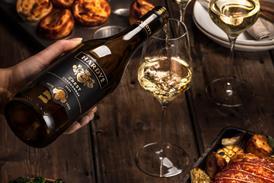
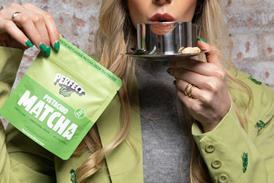



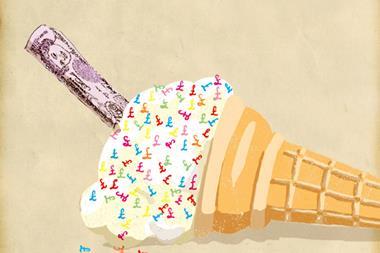
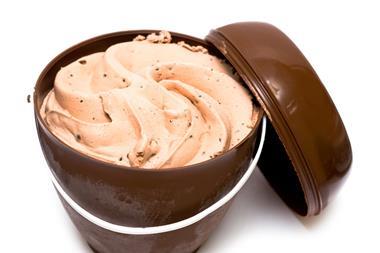
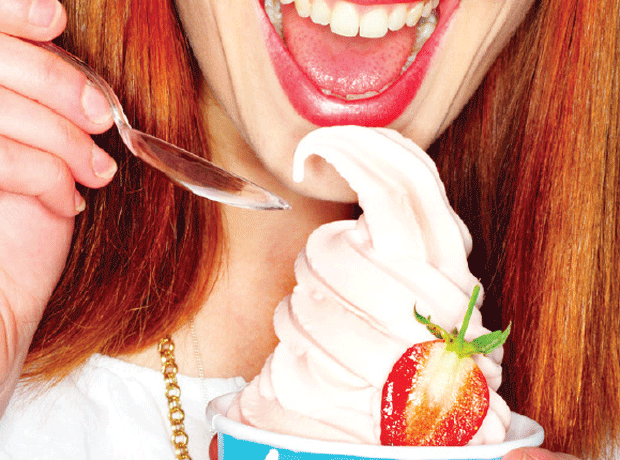
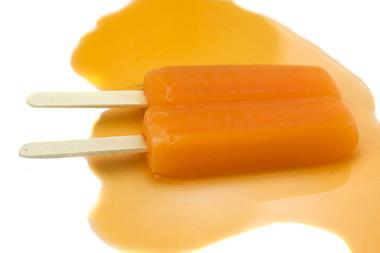







No comments yet